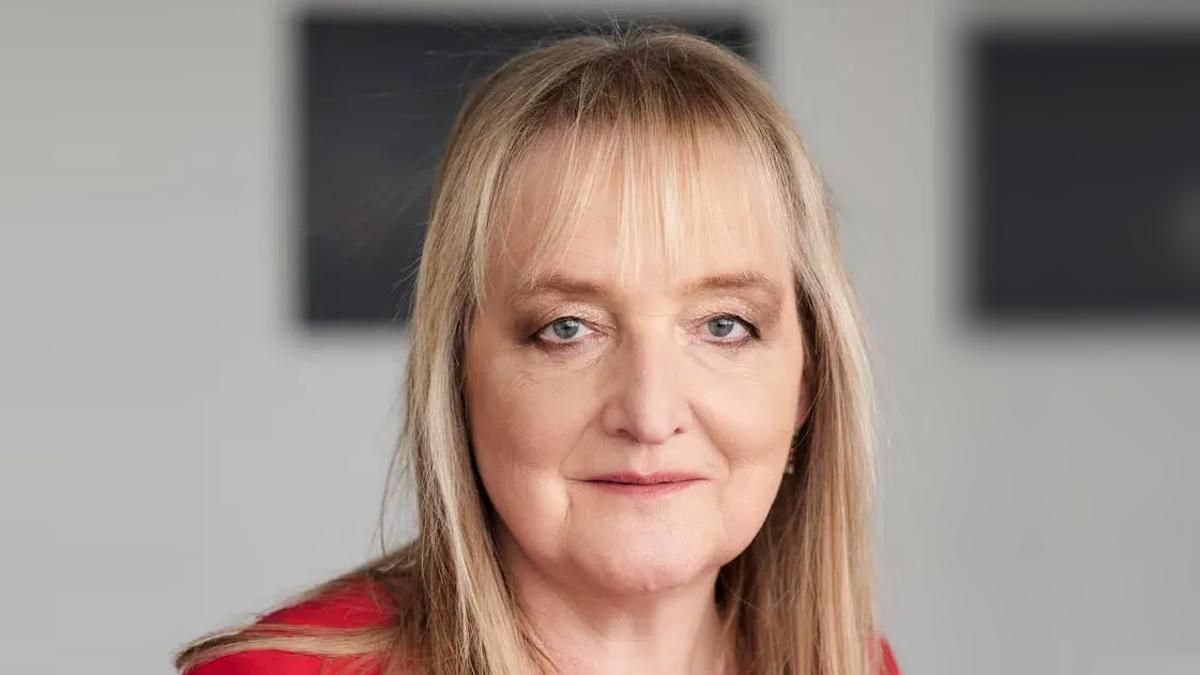AbbVie launches pump-based Parkinson’s drug in EU

AbbVie has launched its Produodopa therapy for Parkinson’s disease onto the market in the EU, becoming the first and only 24-hour levodopa-based subcutaneous infusion therapy for the neurodegenerative disorder.
Produodopa (foslevodopa/foscarbidopa; formerly ABBV-951) has been approved in the EU since 2022, but AbbVie held off on launch until it also got the green light from the European Commission for its Vyafuser pump device – developed in partnership with Phillips-Medisize – last November.
The Vyafuser pump maintains a continuous, steady flow of the drug throughout the day and can be refilled at home by patients or their carers. It is used to deliver drugs that replace the dopamine neurotransmitter that becomes deficient in Parkinson’s, leading to symptoms like tremor, stiffness, and slowness of movement, as well as mental health and cognitive problems.
While patients with Parkinson’s initially start taking oral drugs like levodopa and carbidopa to manage symptoms, these often fail to control symptoms throughout a 24-hour period and tend to lose their efficacy as the disease progresses.
Produodopa uses prodrugs of the two active ingredients and this – coupled with the pump system – can help increase the “on “ time patients have without dyskinesia – in other words, the period where muscle symptoms associated with Parkinson’s are controlled without involuntary, uncontrolled movements – as well as a reduction in “off “ time, when symptoms re-emerge, according to the results of clinical trials.
AbbVie already sells another long-acting treatment called Duopa, which delivers carbidopa and levodopa in an intestinal gel form via a gastric tube and pump, but that requires a surgical procedure to install and can cause discomfort to users.
Despite that, it still brings in around $500 million a year for AbbVie and the company reckons Produodopa could do even better and broach the $1 billion-a-year barrier. To hit that target it will likely need to get approval in the US as well, however, and last year the FDA rejected the drug with a request for more data.
GlobalData analyst Christie Wong said Produodopa’s nearest rival at the moment is Britannia Pharmaceuticals’ continuous subcutaneous infusion of apomorphine delivered using the Apo-go pump, which has been available in Europe for around 20 years.
She said, however, that doctors have expressed a preference “for levodopa formulations, as it is the naturally occurring precursor to dopamine that is converted in the brain. As such, Produodopa is expected to be the first-choice subcutaneous delivery system.”
Wong also noted that Mitsubishi Tanabe is also developing its ND0612 continuous, subcutaneous levodopa/carbidopa delivery system developed by its NeuroDerm subsidiary – acquired for $1.1 billion in 2017 – which she thinks could launch in Europe in the middle of next year.
AbbVie may still have an edge, though, as ND-0612 requires two injection entry points compared to Produodopa’s one, and AbbVie’s product may offer greater dosing flexibility, allowing higher concentrations of levodopa to be administered.
Pricing may also be a factor, but that will not be established in the EU until pricing negotiations have taken place with national authorities. The therapy has already been recommended for NHS use in England by health technology assessment (HTA) agency NICE for patients who cannot have apomorphine, with a list price of £84.70 per vial ahead of discounts.












